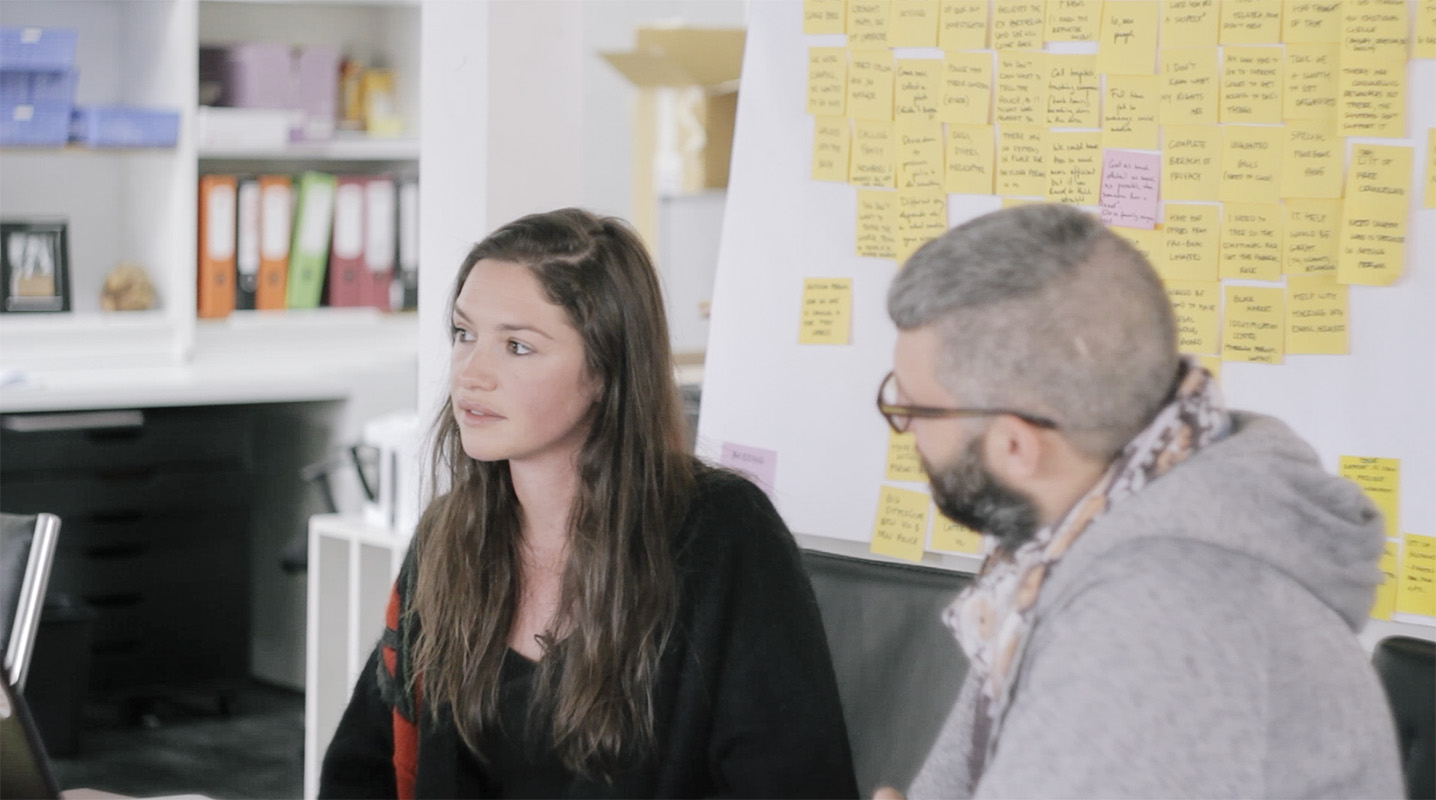What's the next big thing in public services? Citizens.

MELBOURNE -- "It was Friday, July 15, 2011," Loren O'Keeffe states without faltering, pinpointing the day her then-24-year-old brother Dan went (and remains) missing from their home in Geelong, a regional town on the outskirts of Melbourne. When the 29-year-old turned to the police for help they said only missing cases that are deemed suspicious (thus criminal) by police are allocated search resources.
O'Keeffe decided to take matters into her own hands, with her efforts culminating in the establishment of Missing Persons Advocacy Network (MPAN), a non-profit organization that offers an actionable how-to kit that enables anyone to conduct their own missing persons search.
"The idea was born from my own frustration that there was no direction or practical advice given to me when my brother went missing," O'Keeffe says of MPAN's Missing Persons Guide, which was recently digitalized from its original hardcopy format. "My hope is that my experience from running my own campaign can offer comfort [to others] through the provision of simple, basic, practical advice that will in turn alleviate stress and expedite crucial processes in a context where time is of the essence."
The guide is the first of its kind to provide free advice, information and tips to the general public, giving them a step-by-step handbook based on how long a person has been missing, from immediate steps to a month later. The guide, a go-to for anything and everything related to finding a loved one, details how to conduct a national search, create posters (even giving you the design templates), set up a hotline, carry out a ground search, liaise with the media, use social media, work with police and get help from the general public.
The digital guide is the outcome of O'Keeffe's collaboration with Studio Thick, an organization that calls its work service or citizen-centered design. Often dubbed "practical innovation," the premise behind service design is to transition to smarter, more human services and has taken off in Melbourne in recent years, reflected in the number of members in the Service Design Network Melbourne (a service design network), currently at almost 500 individuals, compared to 25 members when it was established in 2010.
Service design allows complex systems to be examined in their entirety with all of the needs and wants of users and service providers taken into account.
Studio Thick's co-director Damon O'Sullivan explains the key difference is about getting the model right from the start. "Most large services have just grown bit-by-bit to be what they are today; service design is a chance to hold the whole service up to the light and re-imagine every single part of the journey and make it a win/win from the onset," he says.

Before creating the site, the Melbourne studio conducted design research among the user group which included in-depth interviews and mapping the user journey, to gain insight into community-style apartments, and the needs and expectations of owners and managers. They then used this information to develop prototypes, which they tested with the users before launching the service.
"Customer response to the service has been extremely positive,” Huddle's Director Inge van der Poel says. “People could see that the studio had integrated their perspectives and expectations into the design of the service. Co-creation is all part of the citizen-centric way of thinking."
All three studios are examples of designers that have placed public good at the heart of their practice.
"Most businesses have a good purpose at their heart,” O'Sullivan says. "If we can help them act better, and enable change rather than just talking about it -- then we have achieved our goal.”Photos: MPAN (main), Thick Studio.
Sign up for our weekly newsletter featuring in-depth business innovation stories by correspondents around the globe, top domestic reporters and thought-provoking opinion columnists.This post was originally published on Smartplanet.com